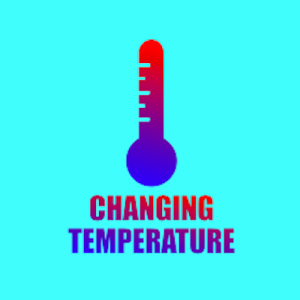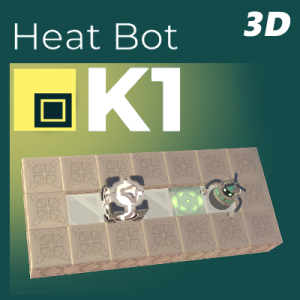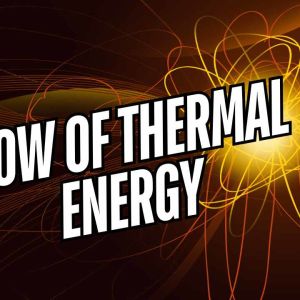Vocabulary
temperature, thermal energy, heat, temperature, heat, Celsius, Fahrenheit, Kelvin, energy flow, thermal conduction, equilibrium, thermal energy (internal energy), kinetic energy, insulator, conductor, radiate, electromagnetic wave, infrared, visible light, matter, states of matter, extrinsic properties, thermal energy, pressure, solid, shape, volume, liquid, Bunsen Burner, crucible, dry ice, Heat/Thermal Energy, Conduction, Convection, Radiation, insulators, conductors, temperature, thermal energy, heat, matter, states of matter, extrinsic properties, thermal energy, pressure, solid, shape, volume, liquid, Bunsen Burner, crucible, dry ice, Heat/Thermal Energy, Conduction, Convection, Radiation, insulators, conductors, temperature, thermal energy, heat, Heat/Thermal Energy, Conduction, Convection, Radiation, insulators, conductors, matter, states of matter, extrinsic properties, thermal energy, pressure, solid, shape, volume, liquid, Bunsen Burner, crucible, dry ice, Heat/Thermal Energy, Conduction, Convection, Radiation, insulators, conductors, matter, states of matter, extrinsic properties, thermal energy, pressure, solid, shape, volume, liquid, Bunsen Burner, crucible, dry ice, matter, states of matter, extrinsic properties, thermal energy, pressure, solid, shape, volume, liquid, Bunsen Burner, crucible, dry ice



